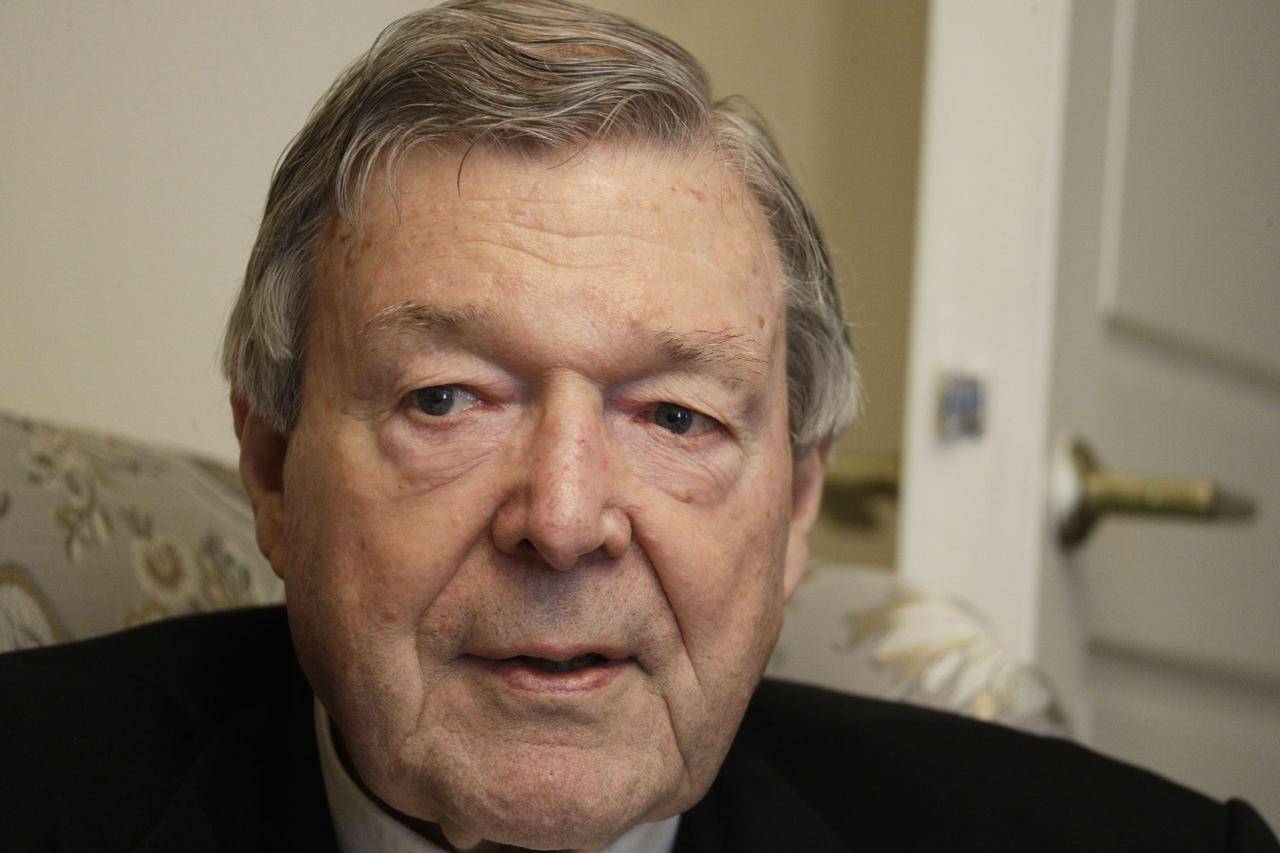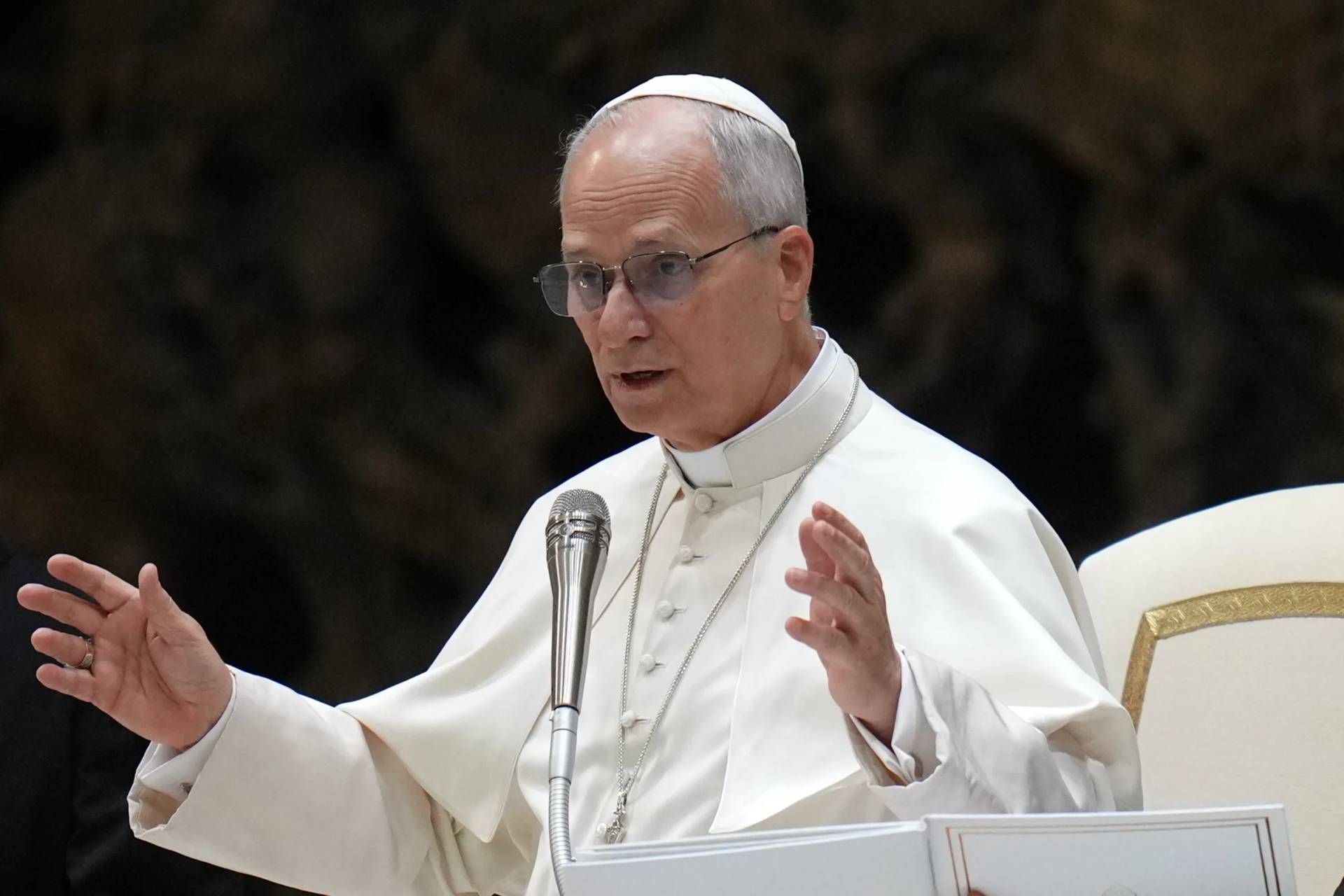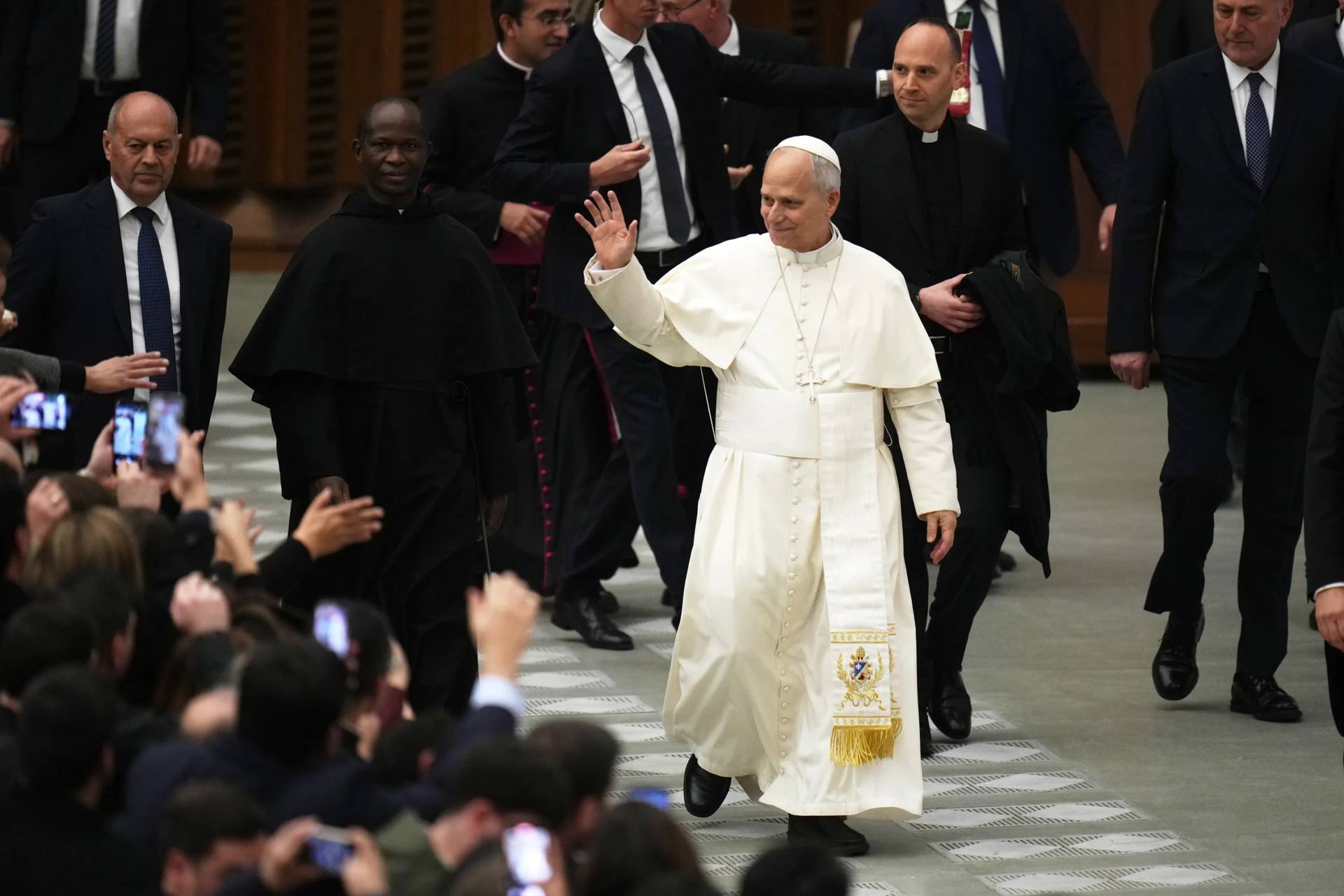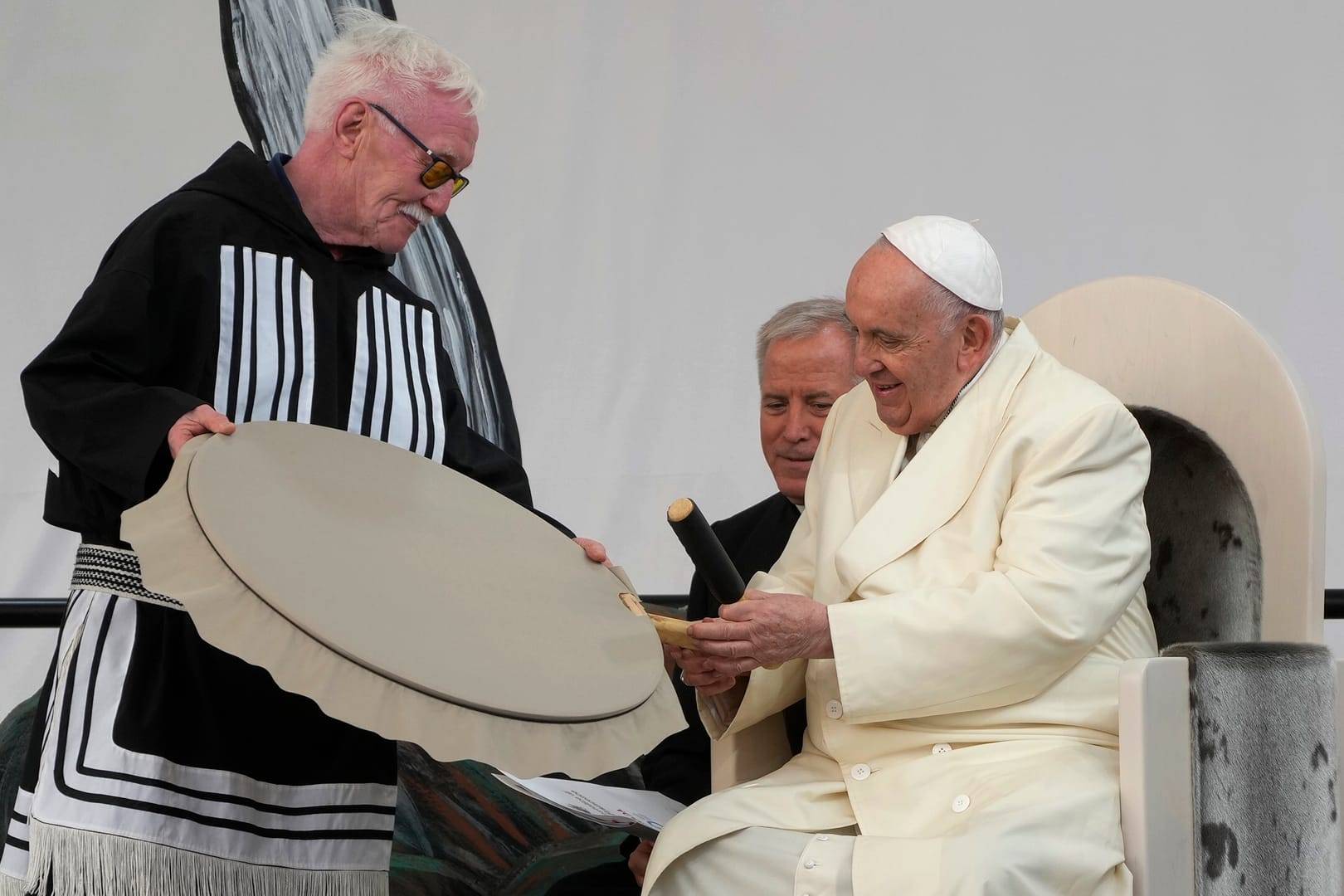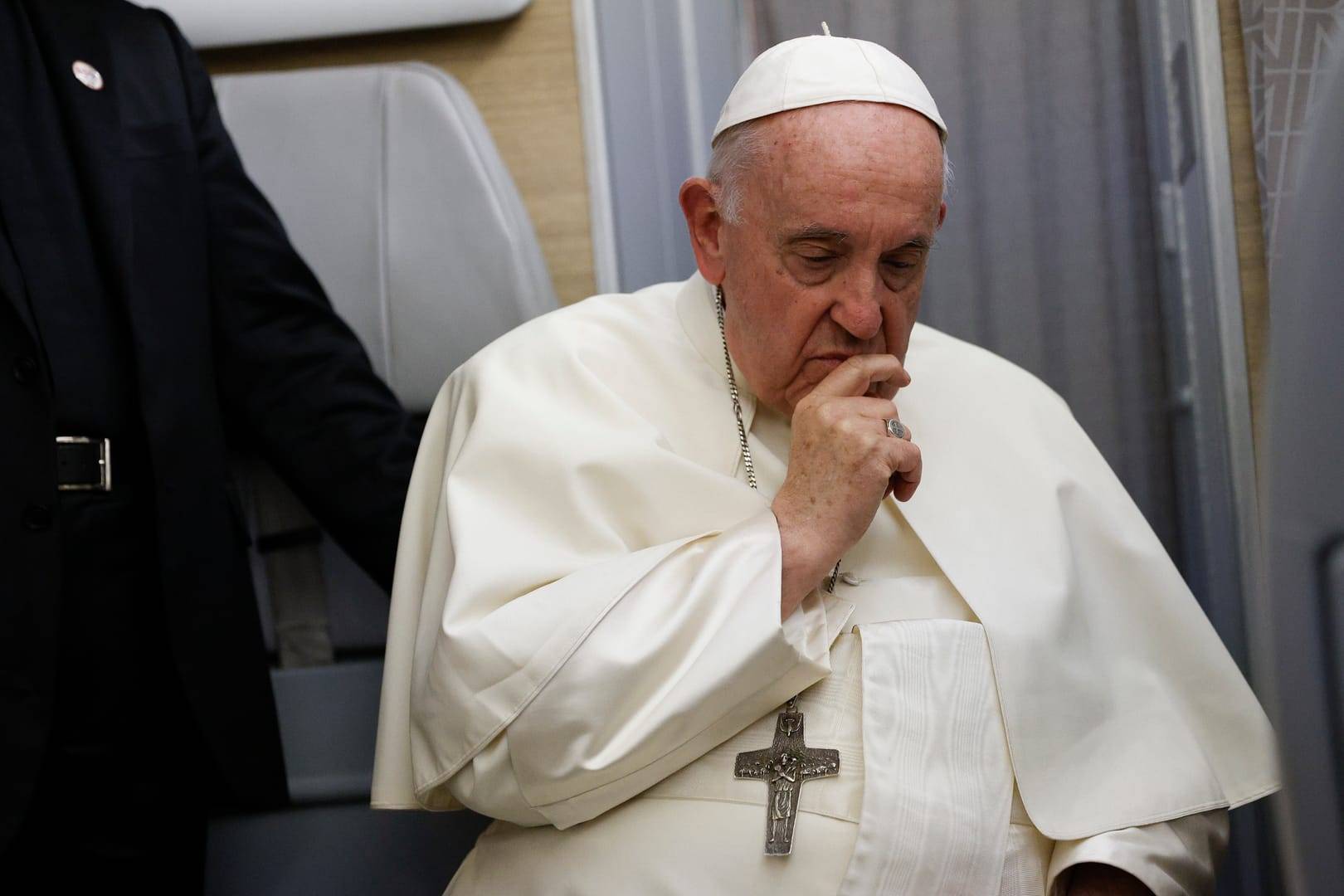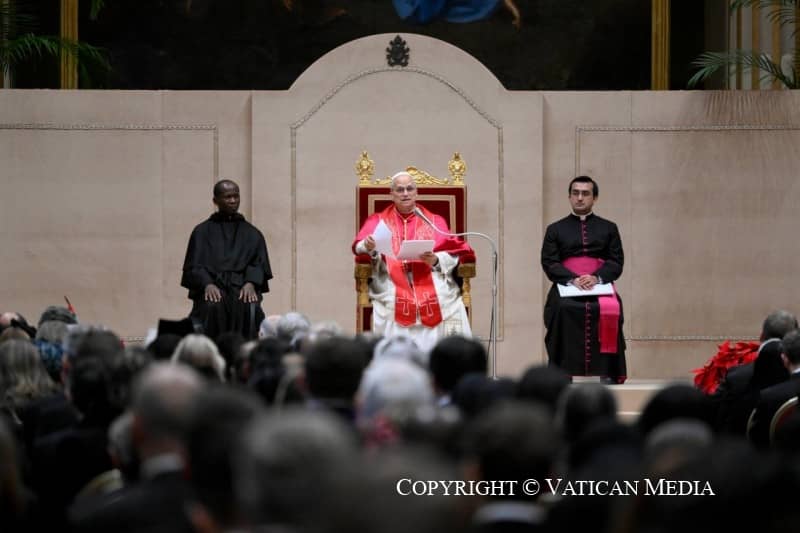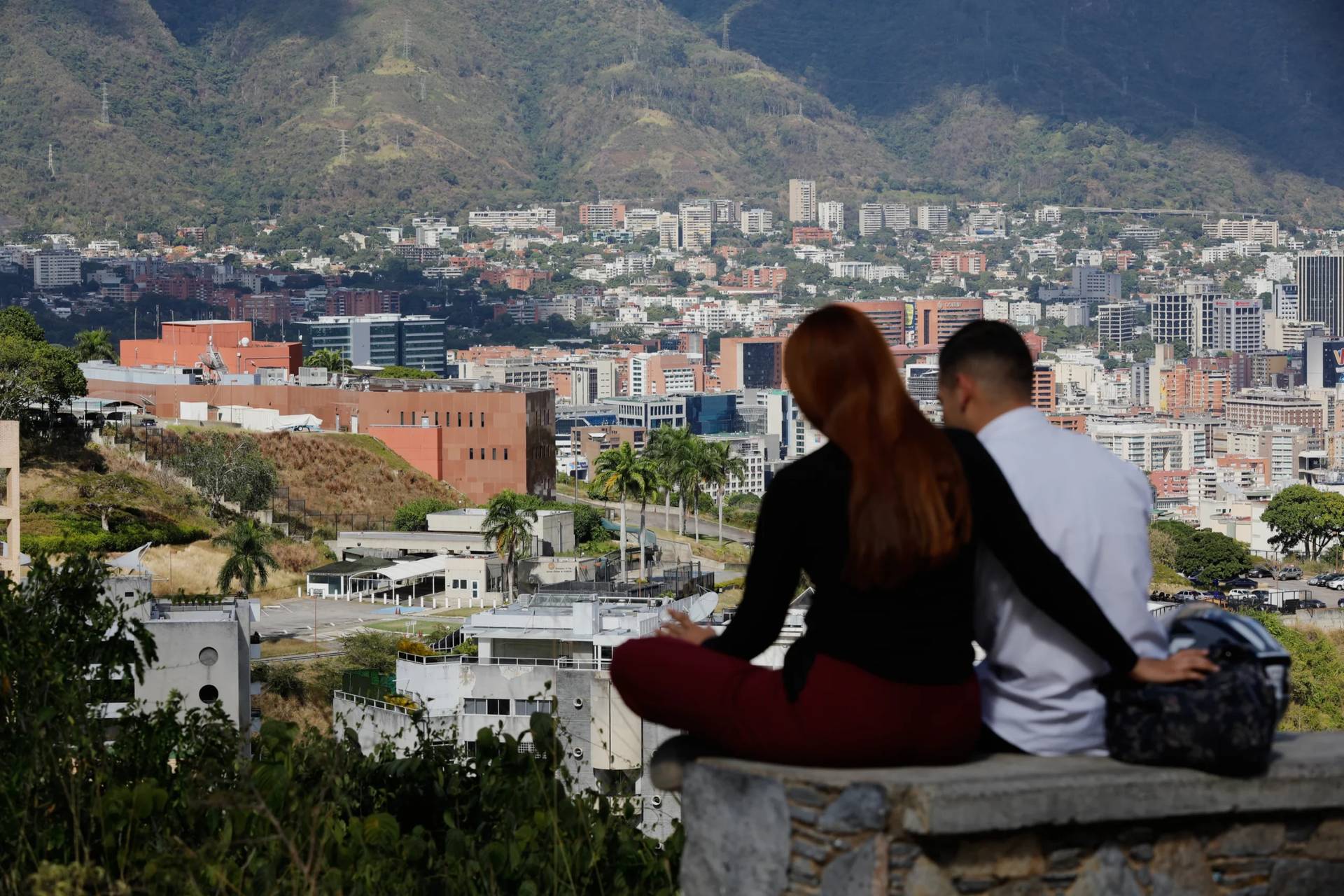ROME – Continuing his effort to reconcile with Indigenous communities in Canada, Pope Francis Thursday told Catholics in Quebec that the church must accept its own past and move forward with humility in order for true healing to happen.
He celebrated Mass Thursday at the Basilica of Sainte-Anne-de-Beaupré, one of the eight national shrines of Canada which in the past has been associated with miraculous healings, after issuing an historic apology to Indigenous communities Monday for the church’s role in Canada’s residential school system.
In a bid to make the church come to terms with part of its history, a group of Indigenous people caused a slight disturbance at the beginning of his Mass, unfurling a banner that said, “Rescind the Doctrine of Discovery,” which is not an official church doctrine, but consists of a series of edicts published in the 15th century endorsing the colonization of West Africa and the Americas.
The banner was quickly taken down by the individuals holding it, and while it did not disrupt the ceremony, the act is indicative of the still-tenuous relationship between the Catholic Church and First Nations in Canada.
Many survivors of residential schools over the past few days of the pope’s visit, while voicing gratitude for his apology for the church’s role in the “cultural destruction” and the physical, psychological, sexual and spiritual abuse of children at the residential schools, have said they want more, and have listed the abolishment of the Doctrine of Discovery as among their primary requests.
RELATED: Pope begs forgiveness from Canada’s Indigenous for Church role in ‘cultural destruction’
For more than a century Canada’s residential schools attempted to assimilate Indigenous communities to Canadian society by forcibly removing children from their families and sending them to schools where they were often punished for speaking their native languages, and many were abused.
Survivors of the schools, many of which were run by Catholic missionary orders and other Christian churches, have termed the residential school system a “cultural genocide.”
Speaking during Mass, the pope focused his remarks on the day’s Gospel reading, in which Jesus appears to two disciples traveling the road to Emmaus.
Calling the path the disciples were traveling “a journey from failure to hope,” Francis noted that they, like many, had followed Jesus with enthusiasm and were scandalized by his death on the cross, which caused them to turn around and go back to their former lives.
“Their cherished expectations had come to naught; the hopes they had put their trust in had been dashed, the dreams they dreamed had given way to disappointment and sorrow,” he said.
This experience, he said, is something each person faces whenever they are forced to “recalibrate expectations” and cope with personal failings and “the ambiguities and confusions” of life, as well as “when our high ideals come up against life’s disappointments and we abandon our goals due to our weaknesses and inadequacies.”
The church in Canada is also walking this path as part of its “difficult and demanding journey of healing and reconciliation,” he said.
By confronting “the scandal of evil and the Body of Christ wounded in the flesh of our Indigenous brothers and sisters, we too have experienced deep dismay; we too feel the burden of failure,” he said, noting that many have asked themselves, “Why did all this happen? How could this happen in the community of those who follow Jesus?”
In these moments, one must avoid “the temptation to flee,” and, like the disciples going to Emmaus, “to go back, to abandon the place where it all happened, to try to block it all out and” and seek refuge in a place “where we do not have to think about it anymore.”
The temptation to flee, he said, “comes from the enemy, who threatens our spiritual journey and that of the church, for he wants us to think that all our failures are now irreversible.”
However, Jesus in the Gospel shows the disciples that “it is in precisely such situations of disappointment and grief – when we are appalled by the violence of evil and shame for our sins, when the living waters of our lives are dried up by sin and failure, when we are stripped of everything and seem to have nothing left – that the Lord comes to meet us and walks at our side.”
Jesus, in appearing to the disciples on the road to Emmaus, “sheds new light on their lives and the events they experienced. In this way, he opens their eyes to see everything anew,” the pope said. By opening their eyes, he said, Jesus helped them “to resume their journey with joy, to start over, to pass from failure to hope.”
Jesus wants to do the same thing with each person, and with the church, Francis said, saying the only way to have one’s eyes and hearts opened and to heal from past wounds and disappointments, is by accepting “the way of Jesus, the way that is Jesus.”
He also gave a shout-out to the role that women played in the story of salvation, saying Saint Anne, the Blessed Virgin Mary, and the women who went to Jesus’ tomb on Easter morning “show us a new path to reconciliation.”
“The tender maternal love of so many women can accompany us – as church – towards new and fruitful times, leaving behind so much barrenness and death, and putting the crucified and risen Jesus back at the center,” he said.
“Let us put at the center the Bread of the Eucharist, which Jesus today once again breaks for us, so that he can share his life with us, embrace our weakness, sustain our weary steps and heal our hearts,” he said, and prayed that once this healing is received, faithful themselves can become “instruments of reconciliation and peace within our societies.”
Pope Francis closed his homily asking Jesus to stay by the church’s side “when hope fades and the night of disappointment falls.”
“Stay with us, for with you our journey presses on and from the blind alleys of mistrust the amazement of joy is reborn. Stay with us, Lord, because with you the night of pain turns into the radiant dawn of life,” he said.
Follow Elise Ann Allen on Twitter: @eliseannallen






